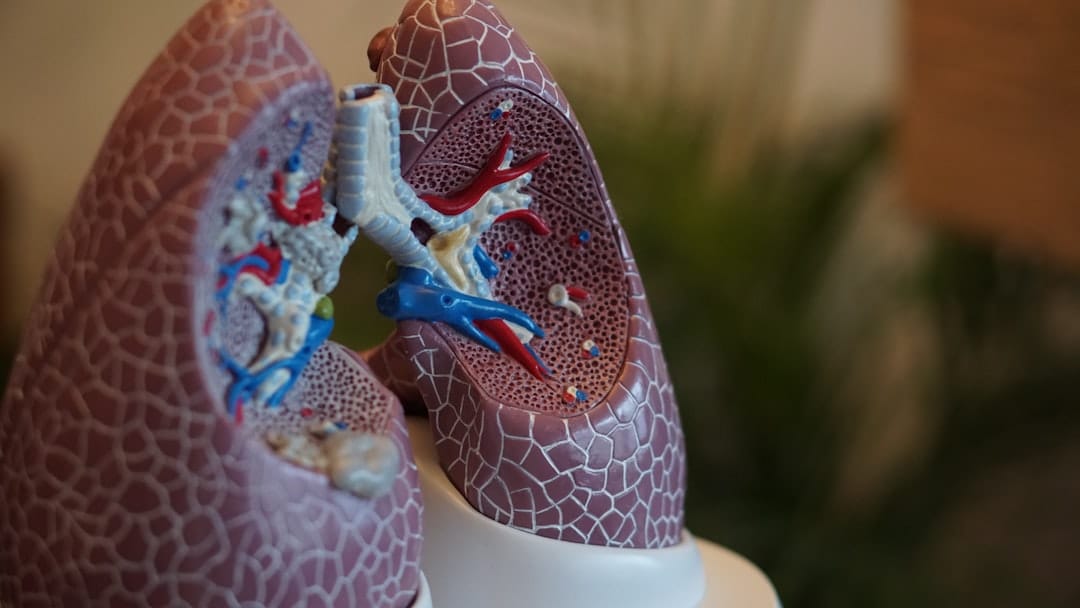Understanding Asthma Breathing Machines: Types, Uses, and Benefits of Nebulizers
Nebulizers play a crucial role in the management of respiratory conditions by delivering medication directly to the lungs in the form of a mist. This method is particularly beneficial for individuals with asthma, chronic obstructive pulmonary disease (COPD), cystic fibrosis, and bronchiectasis. By…

Types of Nebulizers
There are three main types of nebulizers, each utilizing a different mechanism to create a mist from liquid medication. Jet nebulizers use compressed air to transform the liquid into a mist, making them a common choice due to their reliability and effectiveness. Mesh nebulizers, on the other hand, pass the liquid medicine through a fine mesh to produce a mist, offering a quieter and often more portable option. Ultrasonic nebulizers employ high-frequency vibrations to generate a mist, providing a rapid and efficient delivery of medication.
How Nebulizers Work
Nebulizers function by converting liquid medication into a fine mist that can be inhaled directly into the lungs. This process is facilitated through a mouthpiece or facemask, allowing the medication to bypass the digestive system and enter the respiratory system directly. This direct delivery is particularly advantageous for individuals with severe respiratory conditions, as it ensures that the medication acts quickly and effectively where it is needed most.
Portability and Usage
Nebulizers are available in both portable and stationary models, catering to different needs and lifestyles. Portable nebulizers are designed for travel and convenience, allowing individuals to manage their respiratory conditions on the go. Stationary nebulizers, typically used at home, are often more robust and may offer additional features for regular use. The choice between portable and stationary models depends on the individual's lifestyle and the severity of their condition.
Medications Delivered via Nebulizers
Nebulizers are commonly used to deliver bronchodilators and corticosteroids, which are essential in managing respiratory conditions. Bronchodilators help to relax and open the airways, making breathing easier, while corticosteroids reduce inflammation in the lungs. By delivering these medications directly to the lungs, nebulizers provide fast and effective relief from symptoms, improving the quality of life for individuals with chronic respiratory conditions.
Applications in Healthcare Settings
Nebulizers are versatile devices used in various healthcare settings, including hospitals and home care. In hospitals, they are often used for acute management of respiratory conditions, providing immediate relief to patients experiencing severe symptoms. At home, nebulizers offer a convenient and effective way for individuals to manage their conditions independently, reducing the need for frequent hospital visits and allowing for better control over their health.
Conclusion
Nebulizers are invaluable tools in the management of respiratory diseases, offering a direct and efficient method of delivering medication to the lungs. With different types available, including jet, mesh, and ultrasonic nebulizers, patients and healthcare providers can select the most appropriate device based on individual needs and circumstances. Whether used in a hospital setting or at home, nebulizers provide essential support for individuals with asthma, COPD, cystic fibrosis, and other lung conditions, enhancing their ability to breathe and improving their overall quality of life.
FAQs
What types of medications are commonly used with nebulizers?
Nebulizers are commonly used to deliver bronchodilators and corticosteroids, which help to open the airways and reduce inflammation in the lungs, respectively.
Can nebulizers be used at home?
Yes, nebulizers can be used at home, providing a convenient way for individuals to manage their respiratory conditions independently.
Are there portable nebulizers available for travel?
Yes, portable nebulizers are designed for travel, allowing individuals to manage their respiratory conditions while on the go.
References
https://medlineplus.gov/ency/patientinstructions/000006.htm
https://allergyasthmanetwork.org/what-is-asthma/how-is-asthma-treated/how-to-use-a-nebulizer/
https://www.walmart.com/c/kp/breathing-machine-nebulizer
https://www.walgreens.com/topic/pharmacy/nebulizer-services.jsp
https://pubmed.ncbi.nlm.nih.gov/33618053/
https://www.mayoclinic.org/drugs-supplements/budesonide-inhalation-route/description/drg-20071233
https://www.sciencedirect.com/science/article/pii/S221321982100194X
https://www.thecpapshop.com/wellness/nebulizers